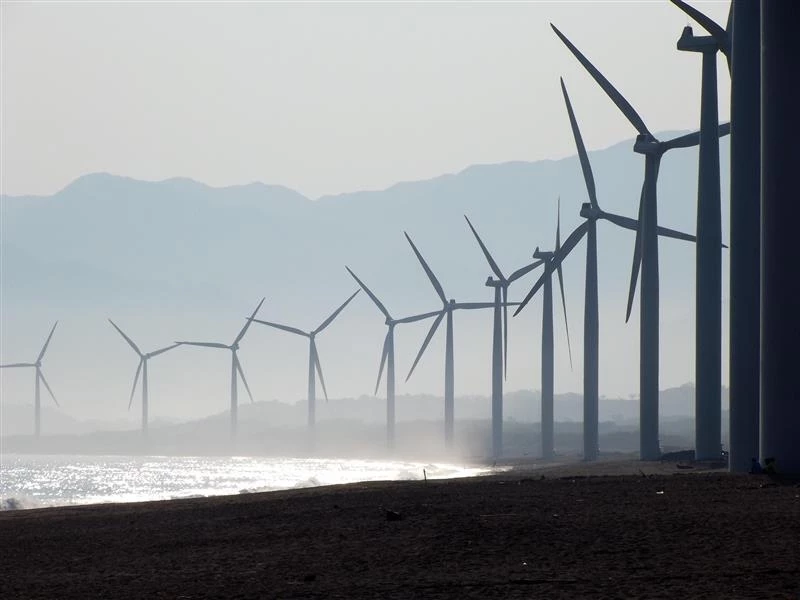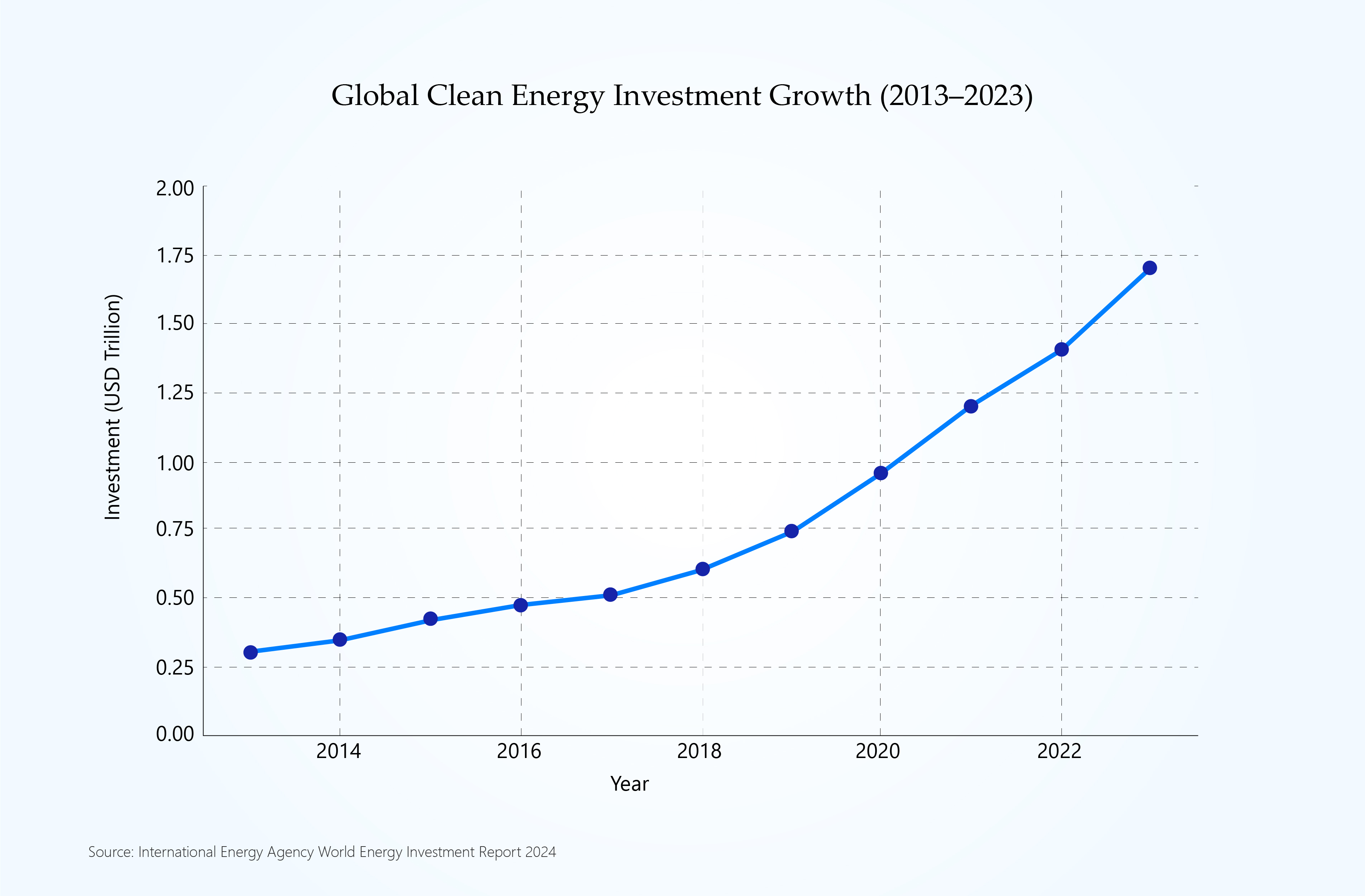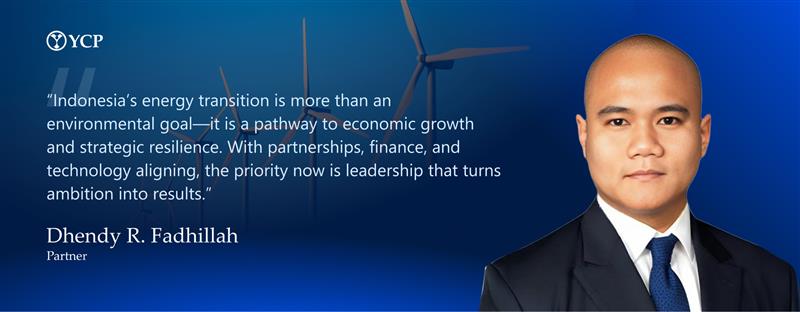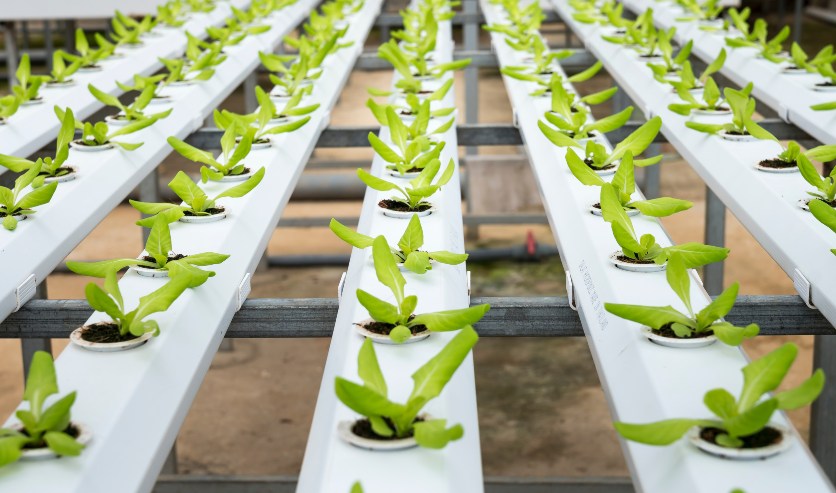Author
Dhendy Rizki Fadhillah
Dhendy has extensive experience across multiple industries. He specializes in Corporate Strategy, Transformation, System & Operational Excellence, and Change Management.
Society is shifting towards a net-zero future. As a result, energy transition is now a necessity, not just an idea. According to the International Energy Agency, global renewable energy investment in 2023 reached USD 1.7 trillion, driven by solar and wind power. Still, many countries, especially in the Global South, are struggling to decarbonize without compromising their development goals.
Southeast Asia’s energy system relies heavily on fossil fuels: 85% comes from coal, oil, and gas. But that is all about to change. Vietnam’s solar energy expansion and Thailand’s electric vehicle (EV) infrastructure development indicate that transformation is near if the right policies, technologies, and finances are combined.
Rising Demand and Challenges
As ASEAN’s top energy user and the world’s ninth largest emitter, Indonesia holds significant global importance. The government is committed to achieving net-zero emissions in Indonesia by 2060, supported by a USD 20 billion Just Energy Transition Partnership (JETP) investment plan for coal phase-out. Despite this, the path forward is difficult: coal accounts for over 60% of the electricity grid, while renewable energy in Indonesia constitutes under 15% of the energy supply.
Increased demand makes the challenge even greater. Industrial energy use is predicted to more than triple by 2060, jumping from 774 TWh (43%) to 1,812 TWh. Dependability, affordability, and sustainability require swift investment in automated energy systems, efficient solutions, and smart grids.
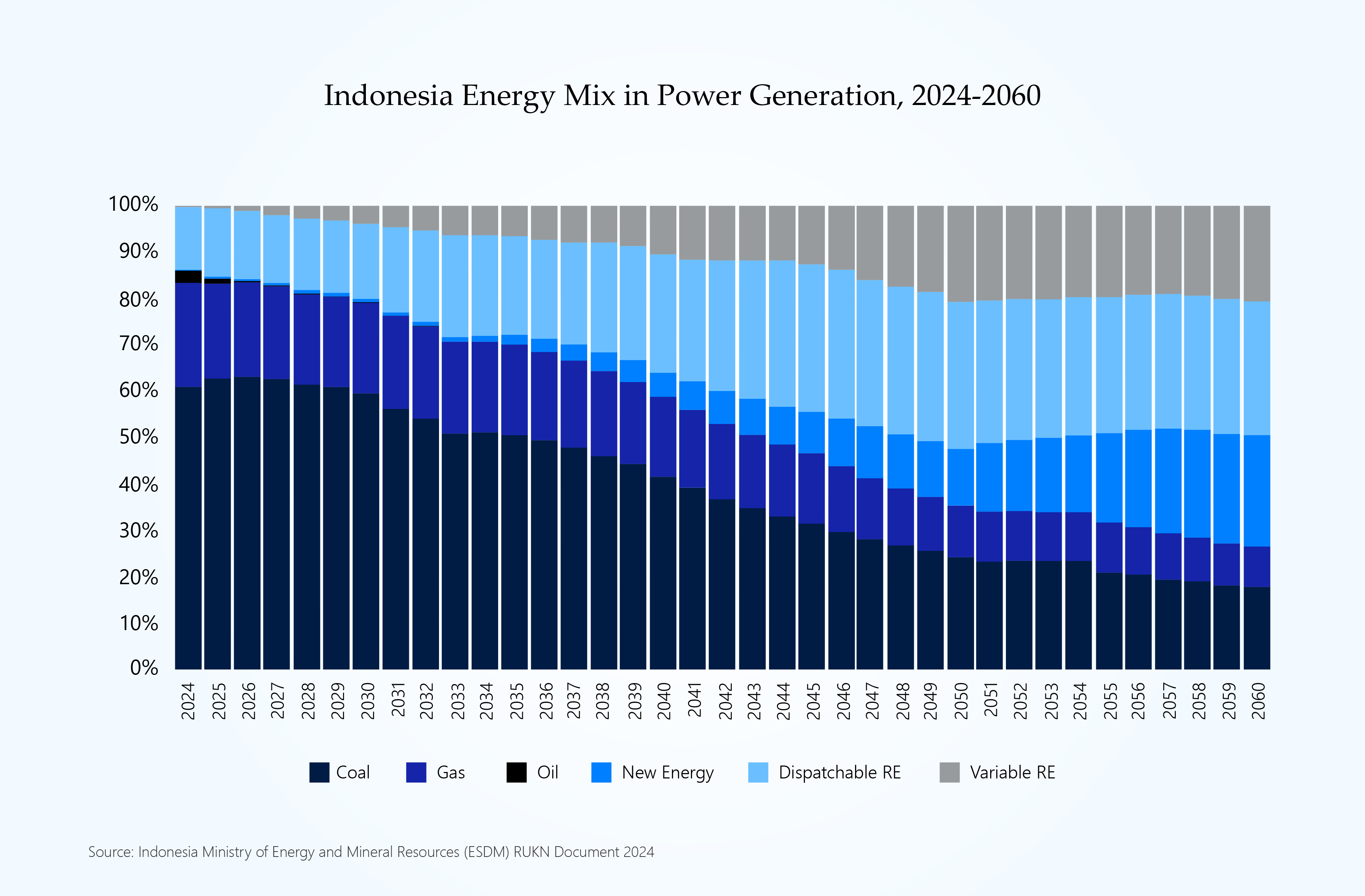
- Dispatchable renewable energy sources, like hydropower and geothermal, could supply around 28.8%
- Wind and solar may reach up to 20.7%
- Fossil fuels, with carbon capture and storage (CCS), could drop to 26.4%
- Hydrogen and nuclear are expected to enter meaningfully after 2050
The pace of change is expected to accelerate after 2030, with faster retirement of coal-fired plants and expanded adoption of renewables. These developments will have broad implications for the energy system and the wider economy.
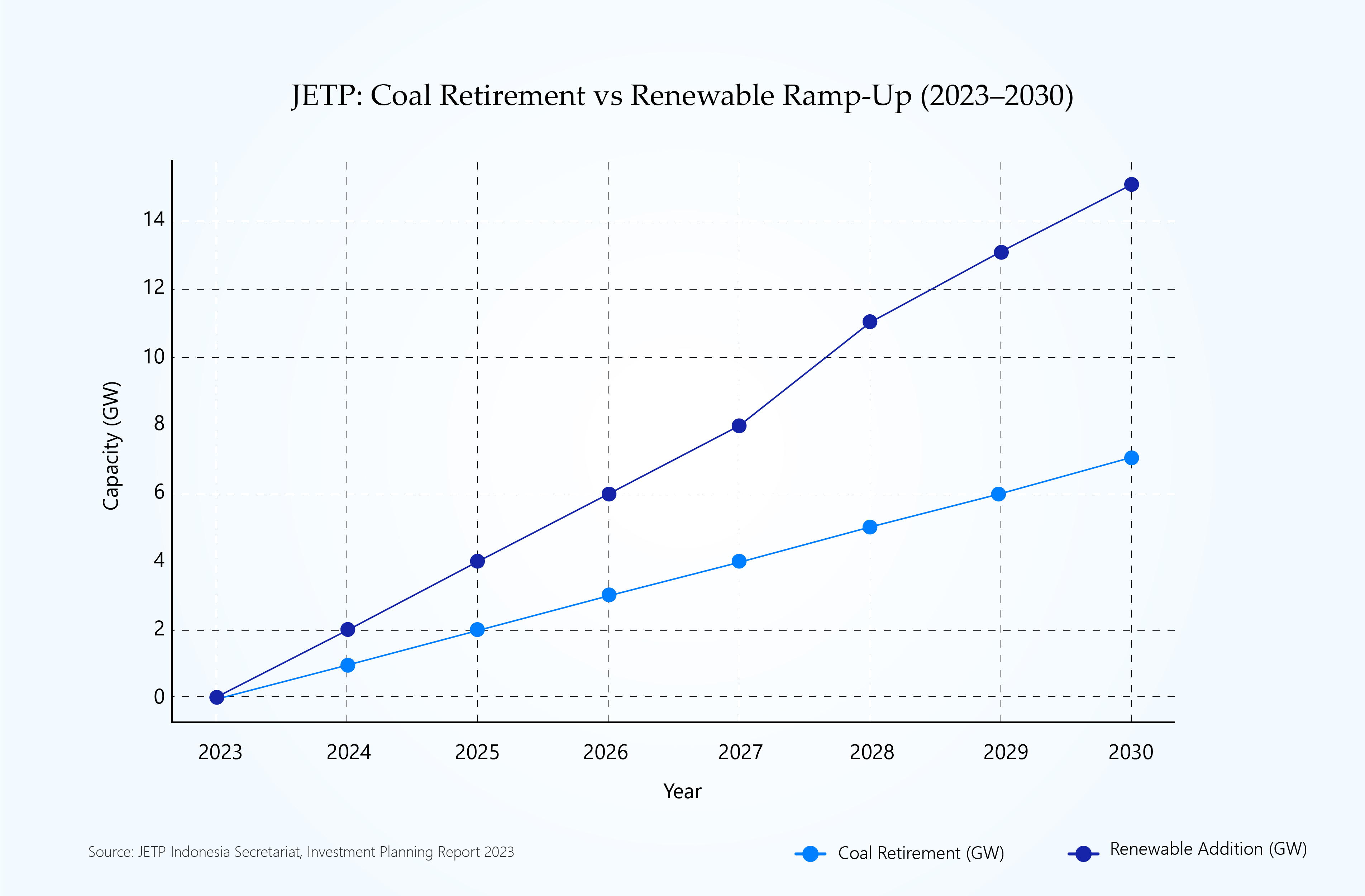
Five areas demand focused attention to turn these commitments into measurable outcomes:
- Consistent, Transparent Policies
Stable, transparent policies are fundamental. Clear regulations in procurement and pricing are particularly important for attracting long-term investment. - Diversified Financing Solutions
Large-scale projects, as well as distributed generation, will depend on blended finance, green bonds, and transition funds to effectively manage risk and cost. - Modernization of the Grid & Infrastructure Readiness
Reliability hinges on overhauling transmission and distribution networks. This includes integrating advanced meters, battery storage, and flexible renewable generation. - Industrial Sector Decarbonization
Industry remains the largest energy consumer. Adoption of onsite renewables, higher efficiency standards, and cleaner production methods will be essential for industrial decarbonization in Indonesia. - Workforce Development & Social Inclusion
A successful energy transition in Indonesia must include retraining for workers exiting fossil sectors and ensuring all communities have access to affordable, modern energy.
Making the Transition Work
Indonesia’s energy transition represents more than an environmental goal. It is a pathway to economic growth and strategic resilience. Key conditions are coming together: strong international partnerships, growing financial support, and mature technology all support real progress. The priority now is effective, consistent leadership that turns ambition into results.
At this stage, the direction is clear. Maintaining the status quo risks missed opportunities. Proactive transition, on the other hand, promises greater competitiveness, stability, and lasting value for Indonesia’s 270 million citizens.
Indonesia is well-positioned to take the lead. Moving forward requires practical choices, steady guidance, and a strong focus on outcomes that will benefit future generations.
The mid-market M&A pipeline in Singapore and Southeast Asia remains strong heading into the second half of 2025 as the early uncertainty that plagued the markets abates. Japanese companies are expected to deepen their Southeast Asian presence—not just through minority investments, but by building full-scale platforms for regional growth.
Singapore’s pro-business ecosystem, robust legal infrastructure, and role as a base for regional operations will continue to attract investors seeking a foothold in ASEAN. Mid-sized enterprises will continue to account for a growing share of M&A activity in Singapore and the region.
